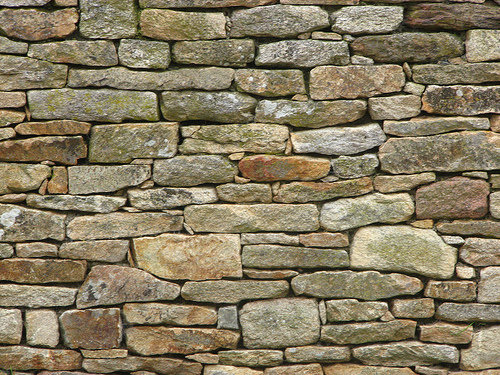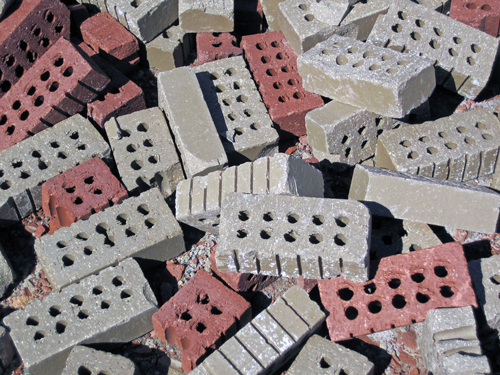The interior walls of a home or office are more than just physical barriers that separate rooms. They are canvases that reflect the aesthetic taste, personality, and lifestyle of the inhabitants. The choice of material for these walls is a critical decision that impacts the overall ambiance, durability, and maintenance of the space. So, which material is best for use on interior walls? This article delves into the pros and cons of various materials, helping you make an informed decision.
Drywall: The Versatile Choice
Drywall, also known as plasterboard or gypsum board, is a popular choice for interior walls due to its versatility, cost-effectiveness, and ease of installation. It offers a smooth surface that can be painted or wallpapered and is relatively easy to repair. However, drywall is not as durable as some other materials and may not be the best choice for high-traffic areas or rooms with high humidity.
Plaster: The Traditionalist’s Pick
Plaster walls, a traditional choice, are known for their durability and soundproofing capabilities. They provide a hard, solid surface that resists damage and can last for decades. However, plaster walls are more labor-intensive and costly to install and repair than drywall. They also require a skilled craftsman for installation, making them less accessible for DIY projects.
Wood Paneling: The Rustic Option
Wood paneling can add warmth and rustic charm to a room. It is durable, insulating, and can be stained or painted to match any decor. However, wood paneling can be more expensive than other options and requires regular maintenance to prevent damage from moisture and insects.
Brick: The Industrial Aesthetic
Exposed brick walls can add an industrial, loft-like feel to a space. They are extremely durable and require little maintenance. However, brick can be difficult to install and alter, and it may not provide as much insulation as other materials.
Fiber Cement: The Modern Alternative
Fiber cement is a modern alternative that offers the look of masonry or wood with increased durability and resistance to fire, rot, and pests. It is also resistant to moisture, making it a good choice for bathrooms or kitchens. However, fiber cement can be more expensive and harder to install than other materials.
Conclusion
In conclusion, the best material for interior walls depends on various factors, including your budget, aesthetic preferences, and the specific needs of each room. Drywall offers versatility and cost-effectiveness, plaster provides durability and soundproofing, wood paneling adds a rustic charm, brick gives an industrial aesthetic, and fiber cement is a durable modern alternative. By considering these options and consulting with a professional, you can choose the material that best suits your interior wall needs.


